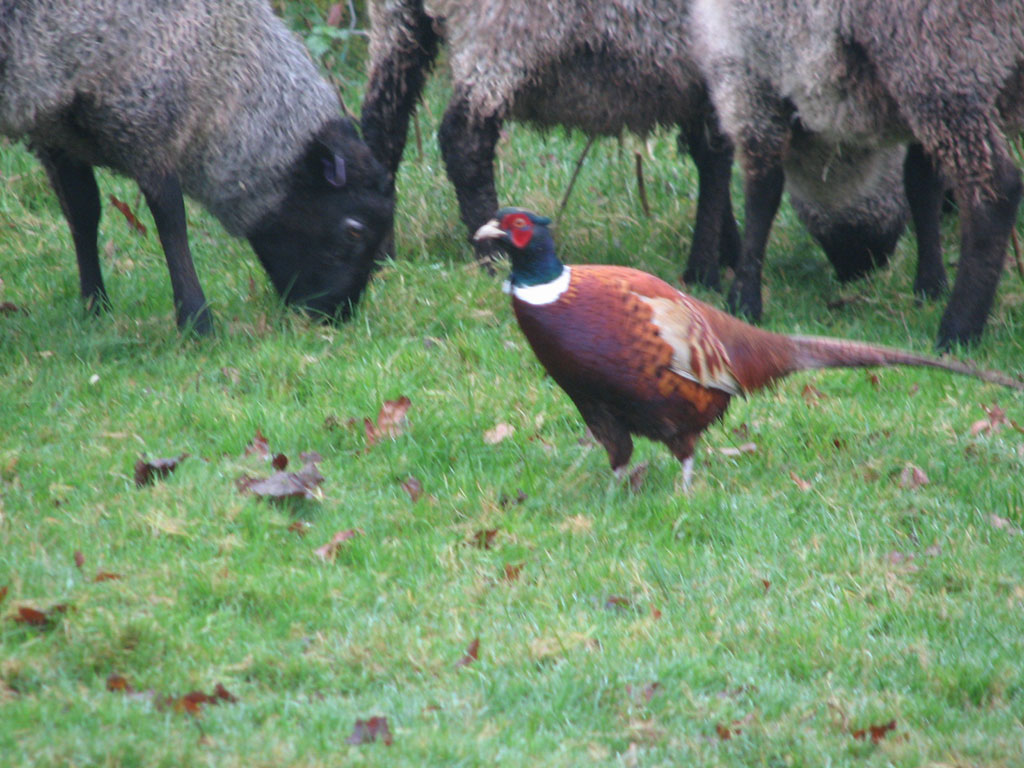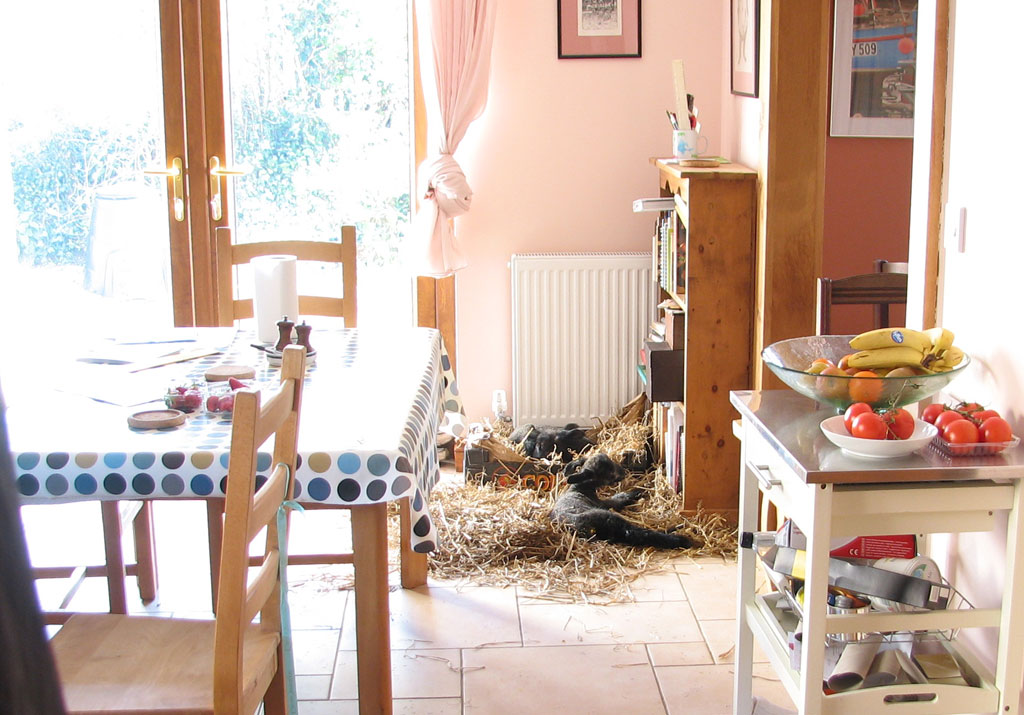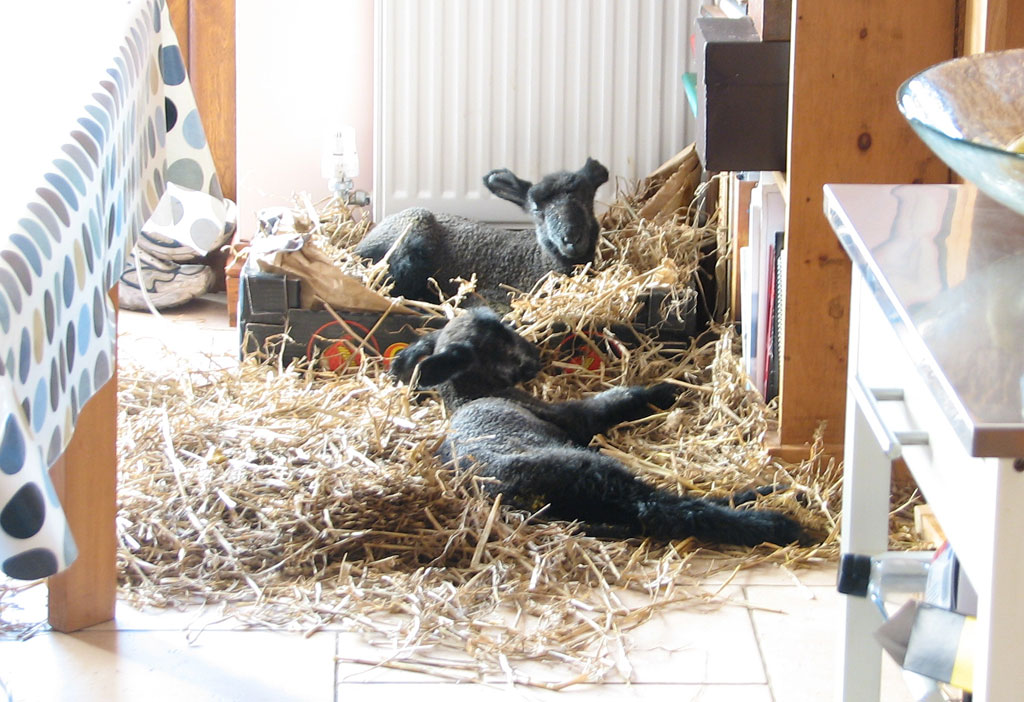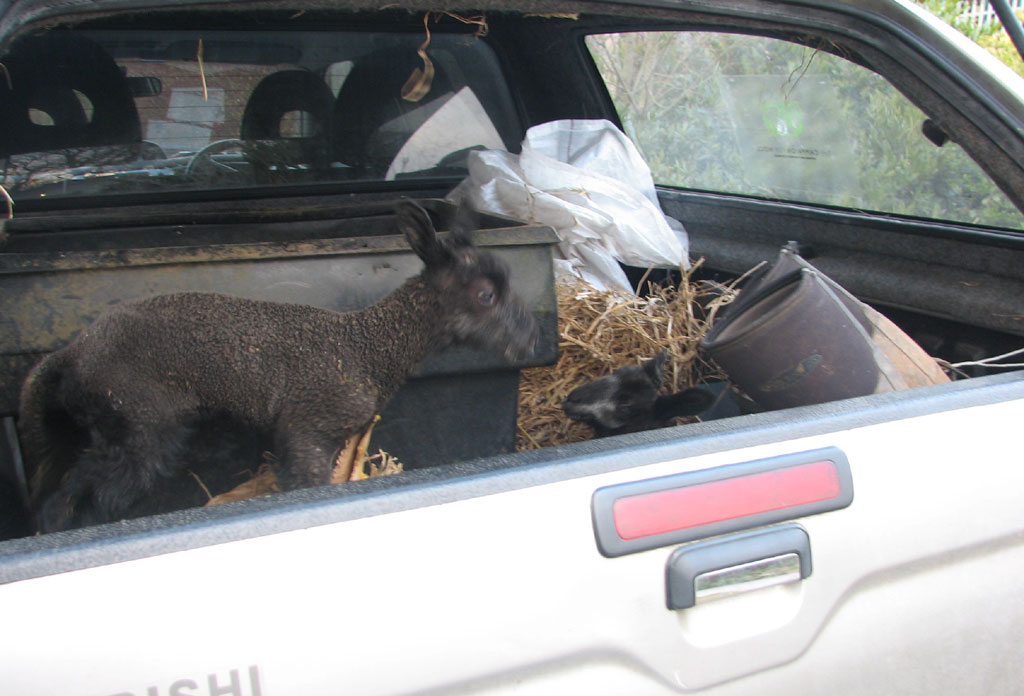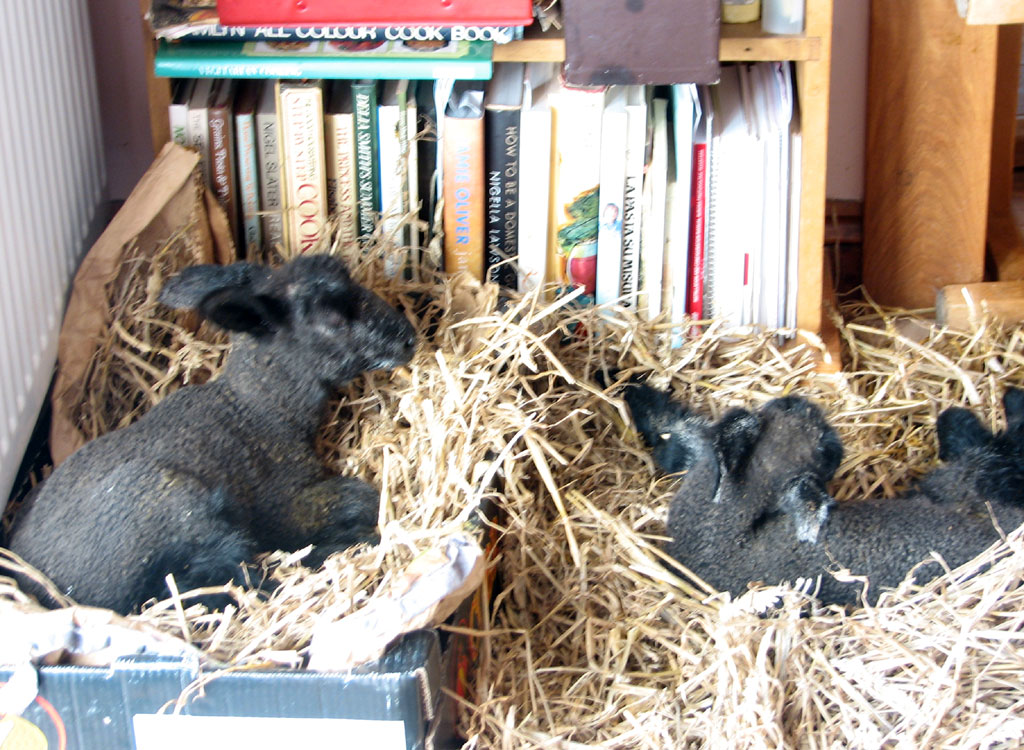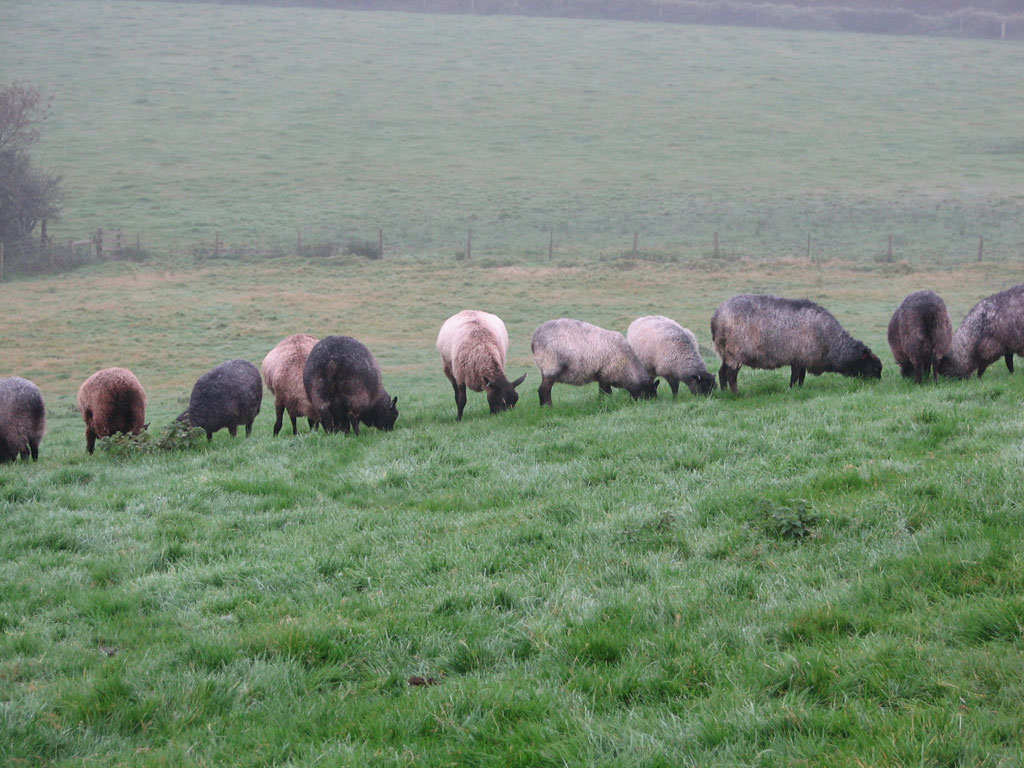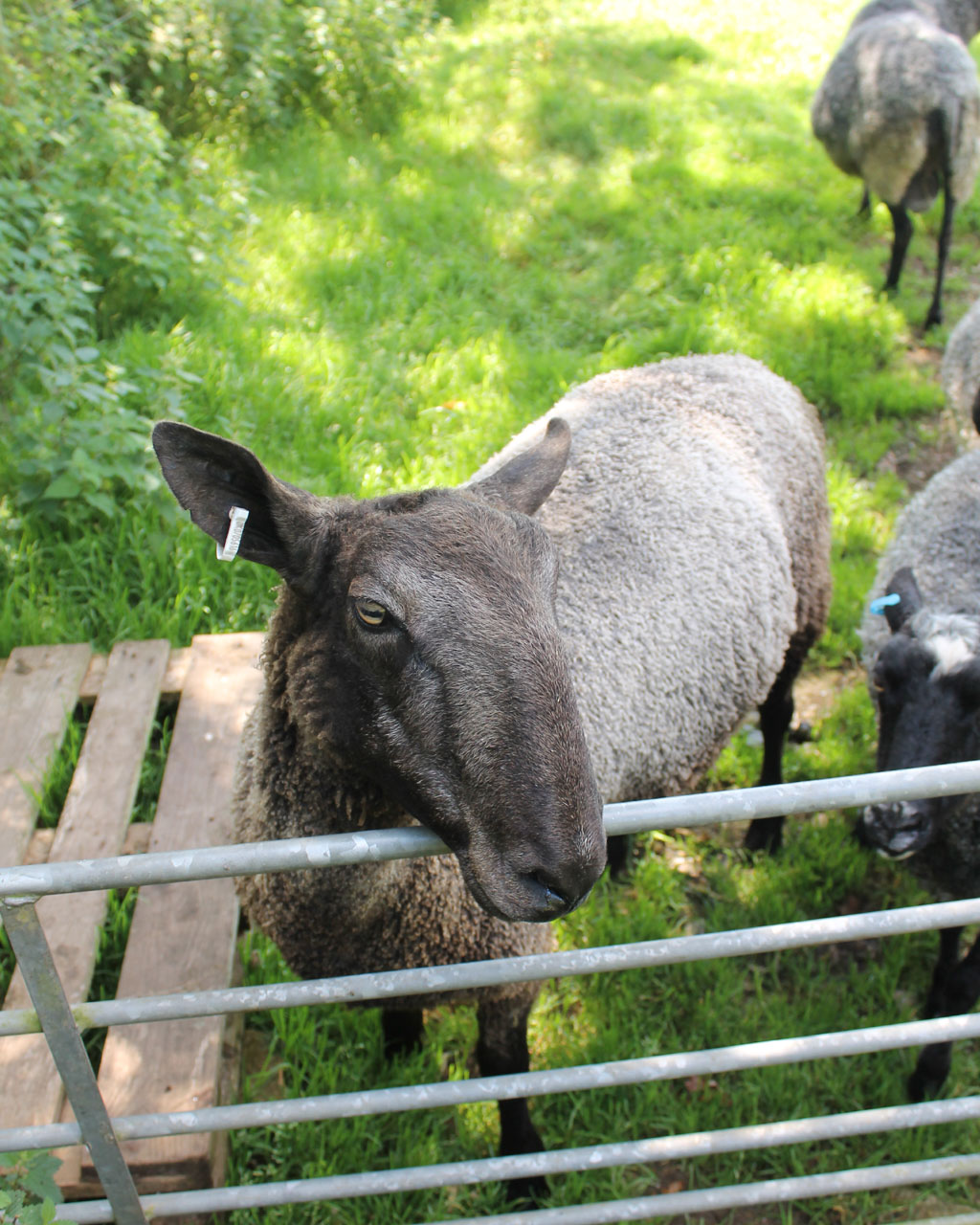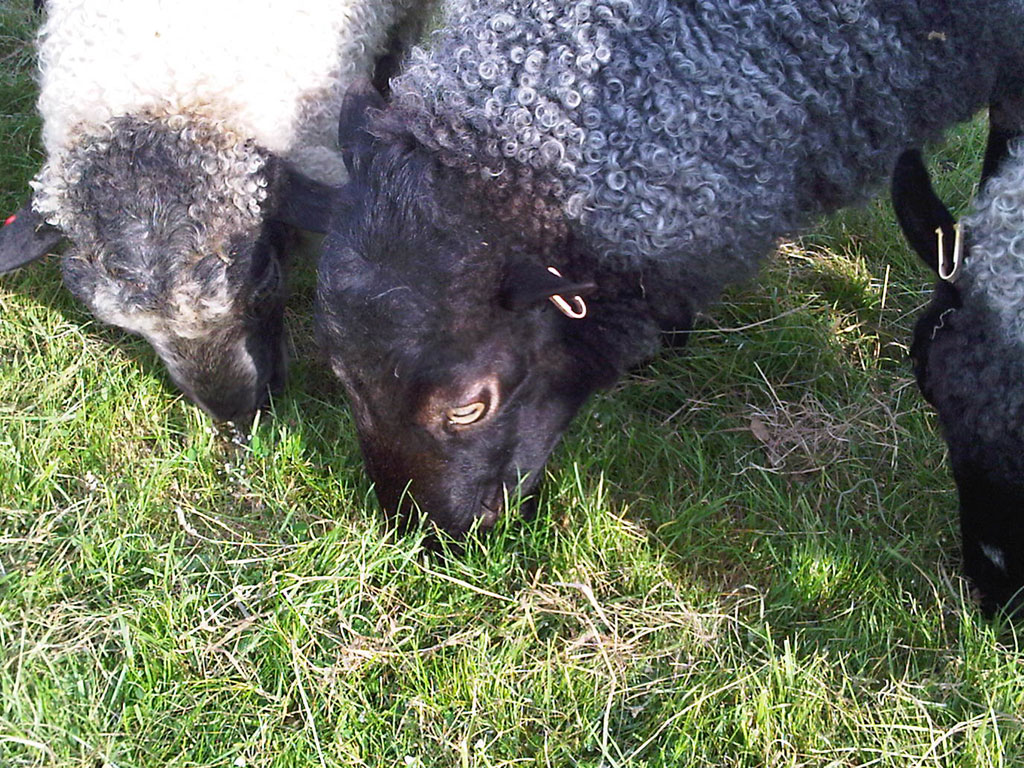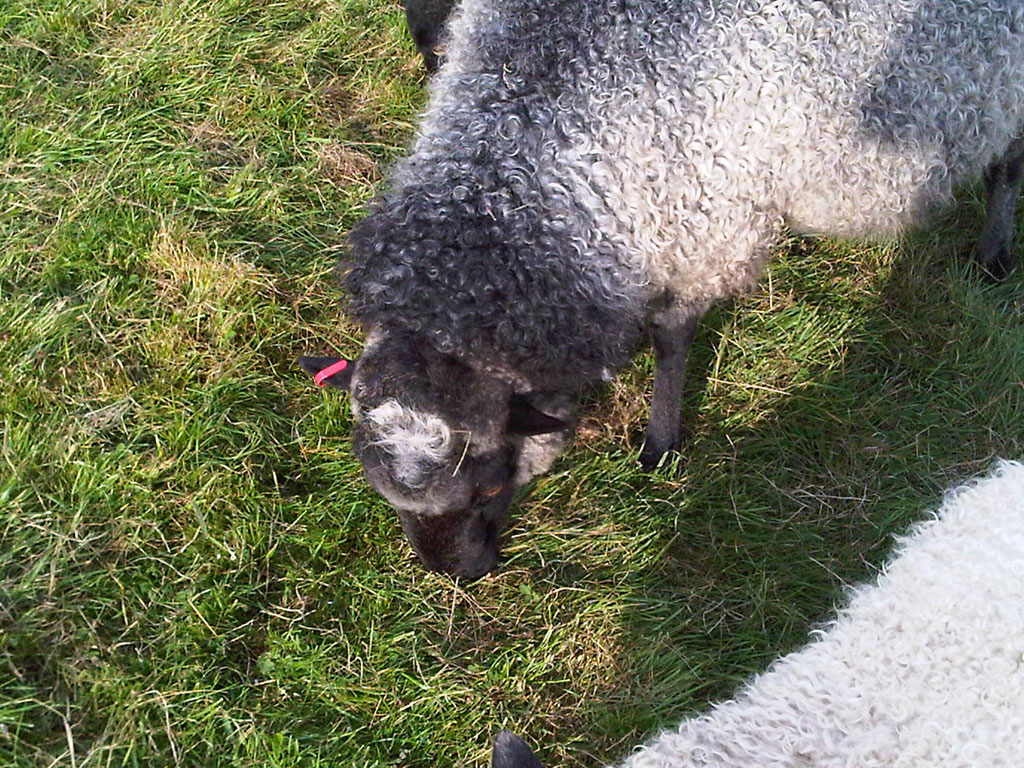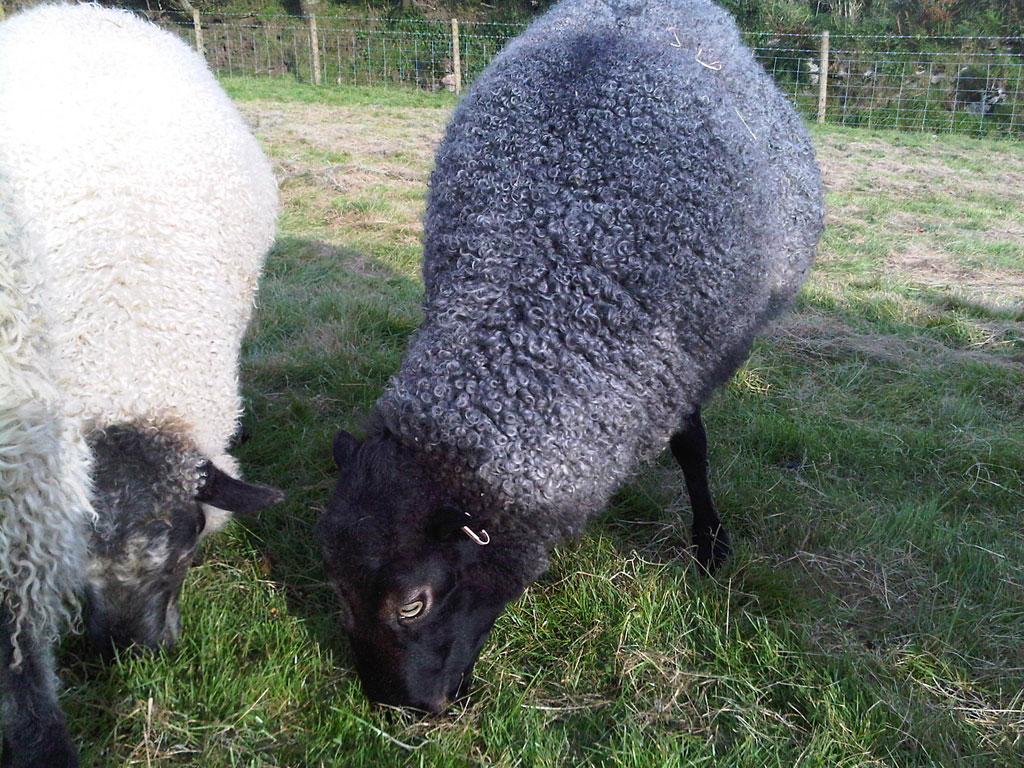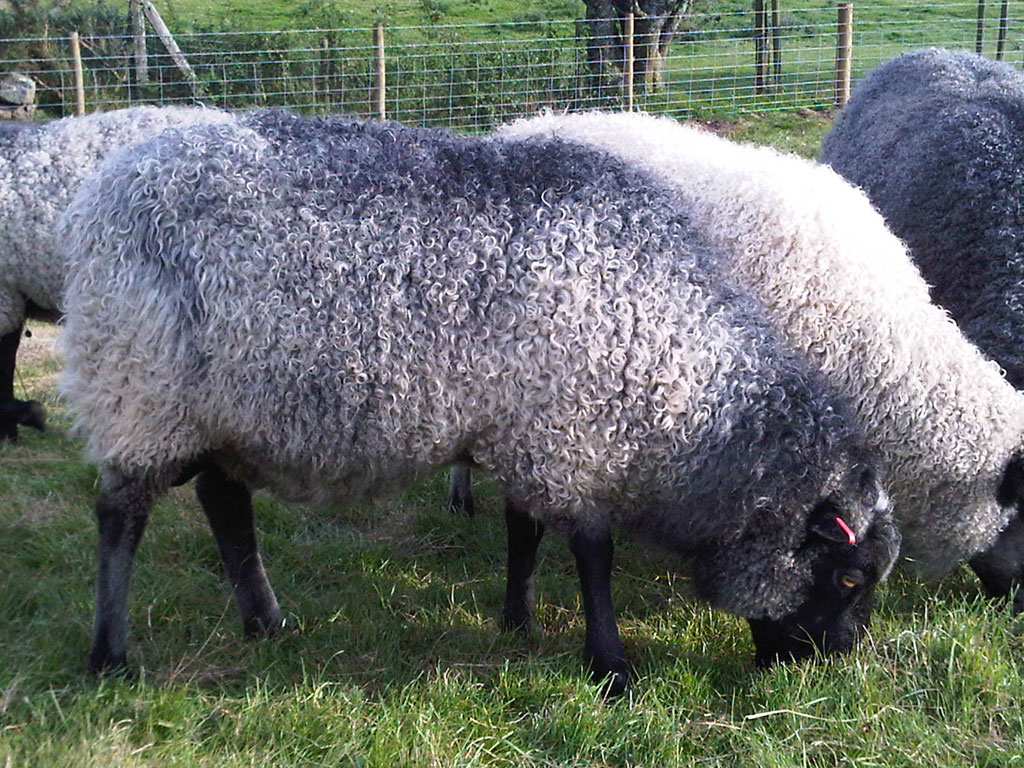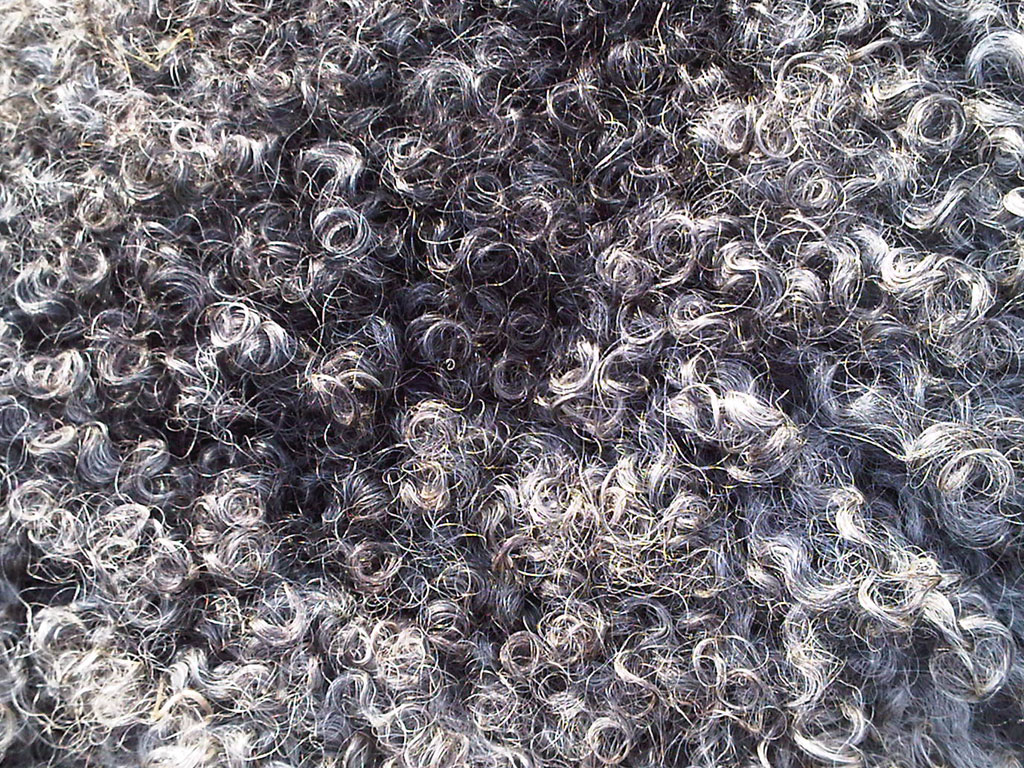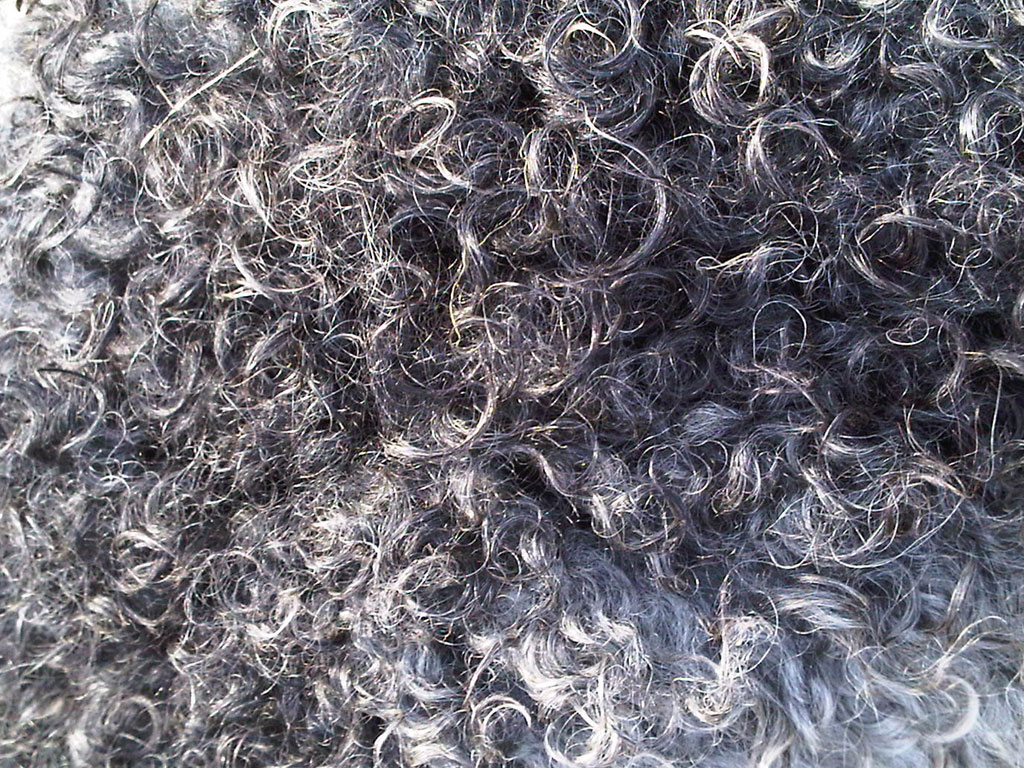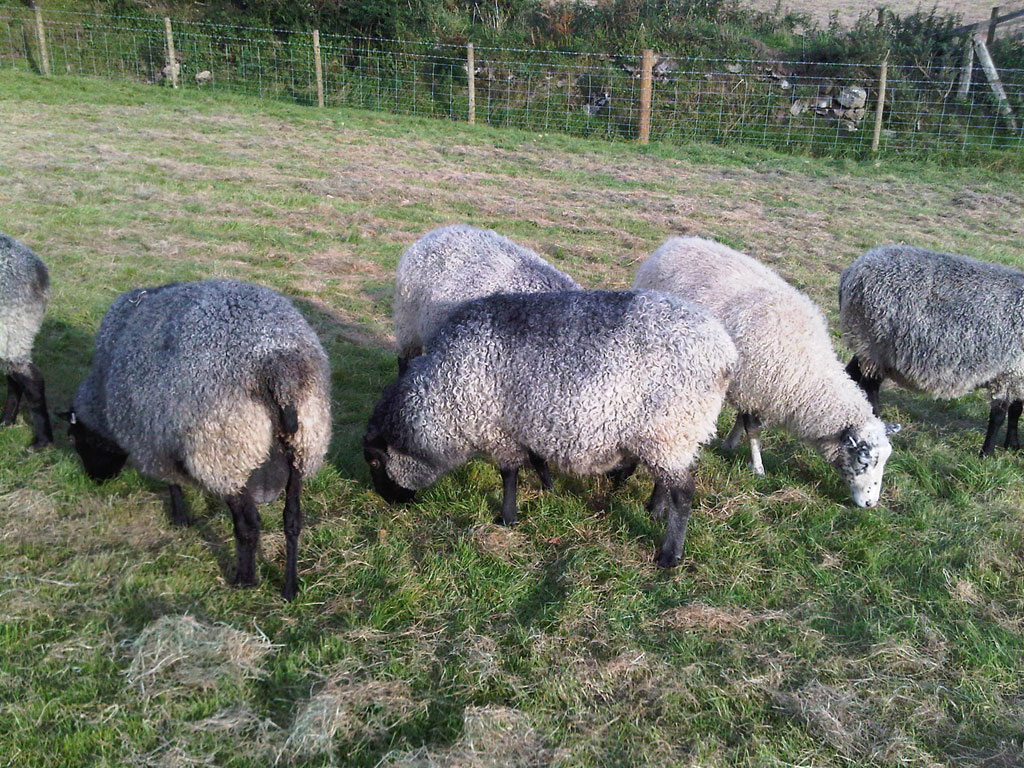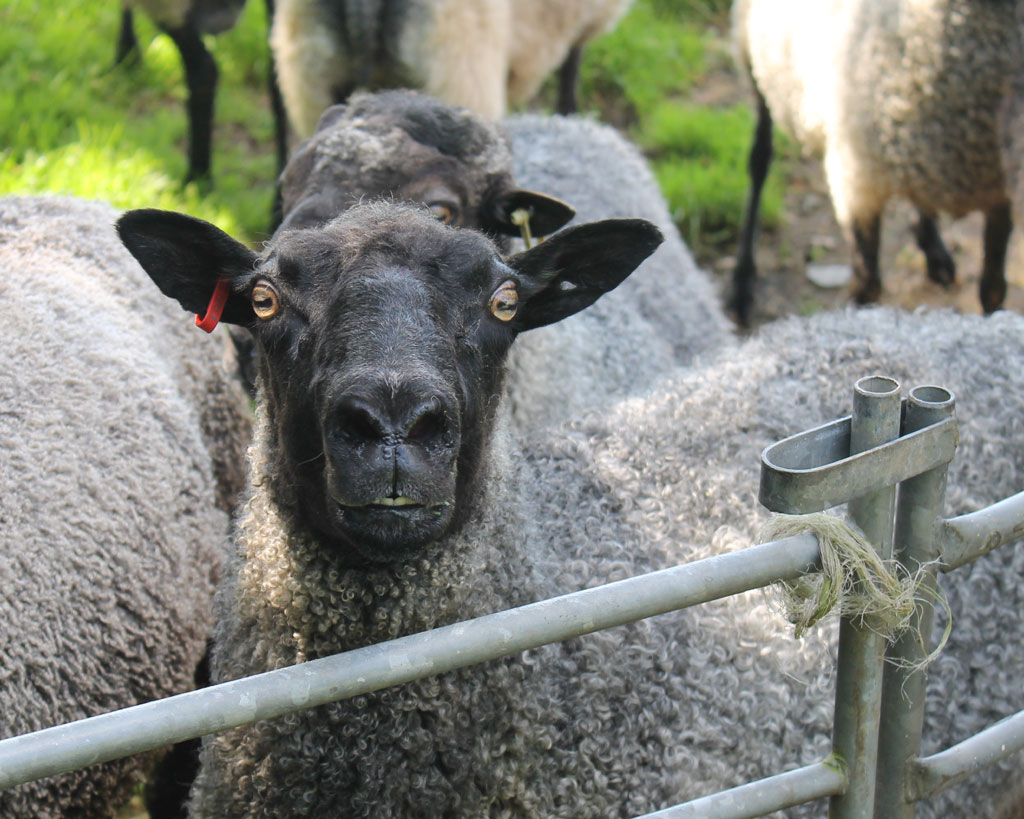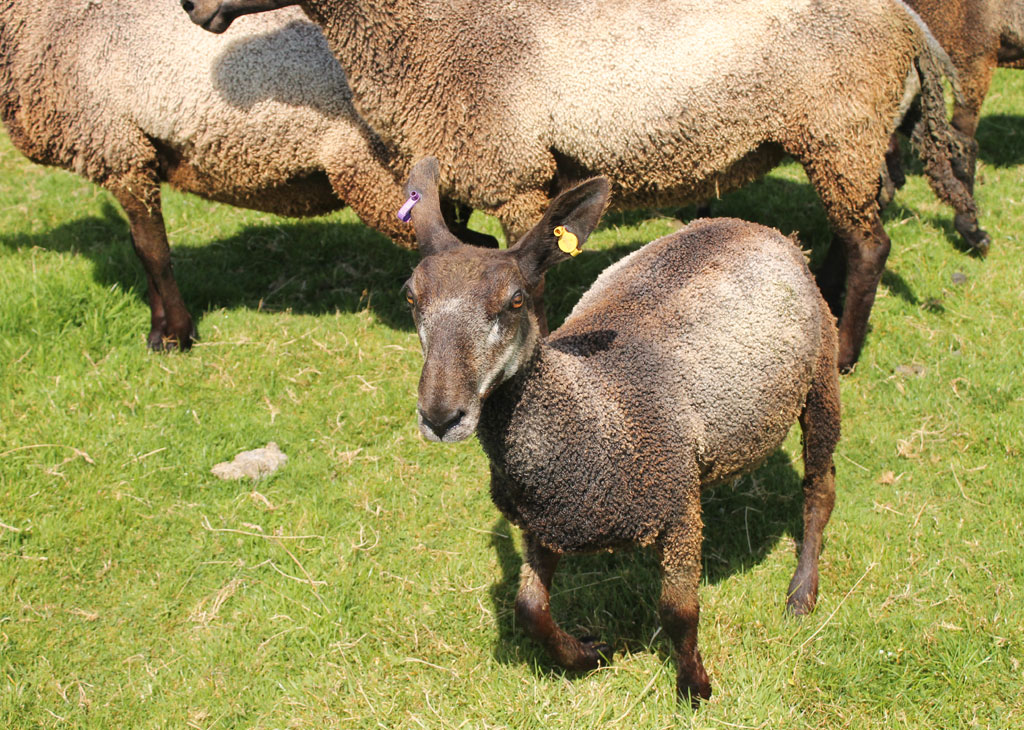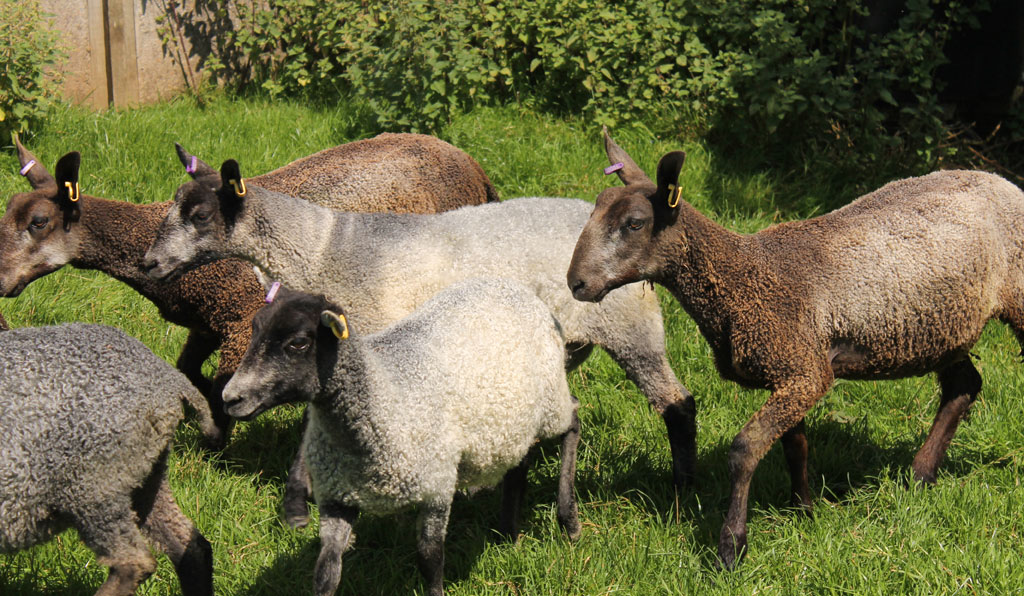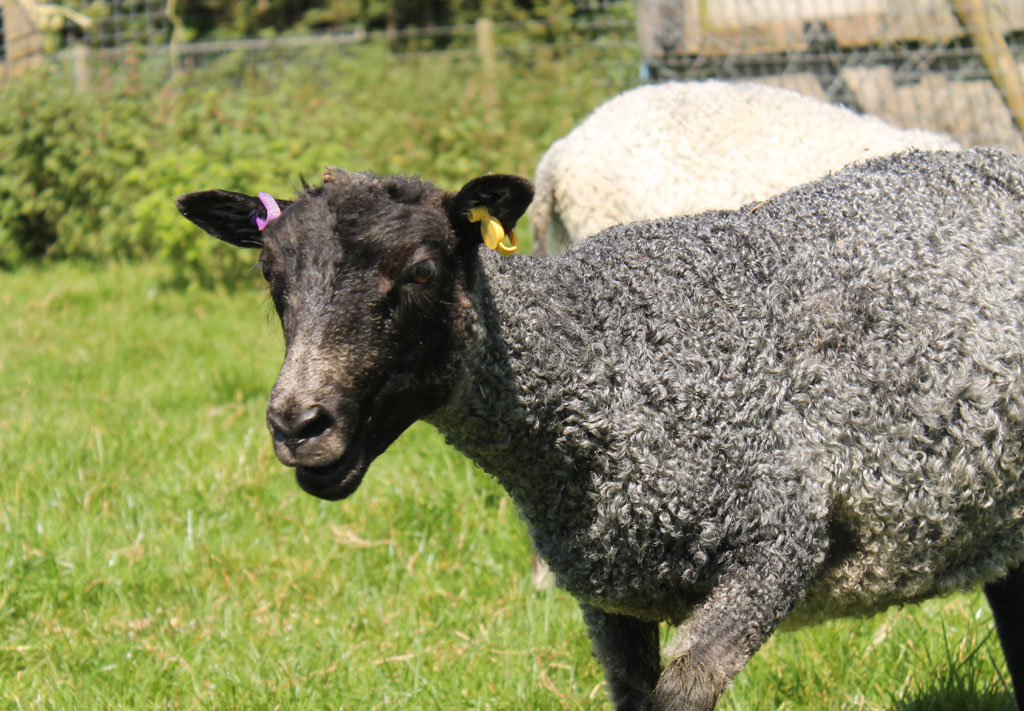WOVEMBER readers may remember that several posts featured Sue Blacker’s work with wool last year. Sue works across the wool industry in myriad ways, designing yarns and patterns for Blacker Yarns; Managing and Directing The Natural Fibre Company; and keeping her own flock of sheep. These posts harvested from Sue’s blog this year give some insight into what it’s like to work with balancing these different activities and – in keeping with the ‘Growing Wool’ theme – are very much focussed on the sheepy side of what Sue does. All photos © Sue Blacker and used with her kind permission
6 April, 2013 – Extra mouths to feed
This cock pheasant has been around since the autumn – we now have about three cocks and also a hen and some younger girls who are busy eating with the lambs in the ram’s paddock this week. Not exactly tame, but quite willing to be near to humans and very willing to mix in with the sheep – the head on the left of the last picture is Thor, the new young ram born here last spring and waiting to see his first lambs.
14 April, 2013 – Lambing 2013
Lambs in the kitchen…
Lambs in the truck…
Lambs and cookery books?
Sadly the smaller one did not make it, but the larger one, upgraded from Piu to Mezzo, is hale and hearty and now lives at the barn in a lambing pen and helps me looking after the others.
15 June, 2013 – Difficult decisions
This has been a hard winter in the UK for farmers. So lambing was also hard. I lost more lambs than I have ever done, as did many people, and this is really sad and upsetting. Also sometimes your decisions catch up with you! So I had more stock than ideal for my land, so more lambs, lambed over a longer period from younger ewes. All this adds up to more work and heartache.
And when one is also running a business, there are just too many things happening … and the business also needs me!
I lambed last year and this year but for the previous 3 years I did not – because of the business. Then of course one needs new bloodlines and I became really interested in black Blue-faced Leicesters as well …
Therefore I am now being sensible! I have sold all but one of the Blue-faced Leicesters, with their lambs, and including Jupiter the ram, to a lovely person in Devon who will care for them well and use their fleeces creatively. I have one younger BFL ram only now. This has reduced my livestock total from 49 to 37 at a stroke!
Jupiter the ram
But it has to be only the beginning: I also need to reduce the flock back to a sensible size and not lamb for a few years at least. So my Gotland ewes will be for sale, as will be the ewe and ram lambs. I will keep rams and wethers again, the former to earn a little and the latter to produce great wool. I could also keep a few ewes, just in case and for the wool, and am debating this part of the plan still. The other option is to sell all the rams, as the ewes will produce better wool … so I shall see how my flock marketing exercise goes and it will help me decide!
So I hope there will be some good homes waiting out there for a very friendly group with high quality fleeces … some of the ram lambs are looking first class!
I know I will miss the winter evenings in the barn with a crowd of ewes in lamb gently chewing the hay, and the joy of bouncing lambs in spring, but it is sensible and practical and I can always visit the other flocks all over the place who send their wool to The Natural Fibre Company.
14 October, 2013 – Lost friends
It seems to get harder to slaughter sheep the longer I keep them. Breeding lamb meat for early slaughter is straightforward because that’s what they are for and they rarely have names (the last ones were called Chump and Chops, though in fact they are currently growing wool for a friend instead!). But there comes a time when you cannot wait any longer unless they are truly a pet.
David the ram
So, on 22nd September, David (above), Jonathan (below) and Sally went “down the road” to Lobbs, the respectful and caring slaughter house at Ruthern Bridge. They are now back from hanging and butchering by Kittows and in the freezer, while their skins are delivered to Devonia for tanning. This means that one thinks about them for a good three-to-four weeks after doing the actual deed, to collect and salt the skins, discuss the meat cutting order and so on.
David had a finer fleece than Jonathan, but Jonathan had useful primitive body and head characteristics. Both were very tame and Jonathan in particular would wag his tail when his chest was rubbed – most sheep like their chests rubbed and it’s a better approach than patting their heads, which for a ram is not a good idea – so many people pat a sheep’s head as if it were a dog, but they actually fight with their heads, so this is really not the best way.
David’s fleece
Jonathan’s fleece
David & Jonathan together
I had less pictures of Sally, as indeed of all the ewes, as they work and live much more as a group and less as individuals. Some have strong personalities, and can be downright obstreperous, but mostly they are quiet, a little shy and part of the flock. Sally was bred by me in 2007, sold to West Cornwall and later bought back and, although her fleece was not the best, her temperament was good and she has bred some lovely lambs.
People here seem able to cope with legs and mince, so I focus on that, rather than other joints like shoulders, although we do also have the livers and the loin fillets, which are lovely. Quite a lot of the mince goes to our local pub for shepherd’s pie.
One reason it’s harder is because I bred these sheep and have brought them up to work at producing lambs for the future. David has arounnd 90 lambs in the USA as we exported his semen while his sons Sonny and Thor are now working near Axminster and in north Cornwall. Jonathan has lambs throughout the south west and his son Jonsson will be working to carry forward the blood line this autumn. Sally had to go because she was quite closely related to some of the rams and lambs.
So now I have 16 boys: five wethers and 11 young rams; and 7 girls: three ewes and four ewe lambs. The ewes are off to the Isle of Wight, in lamb to Jonsson, in December while the ewe lambs will go to the Tamar Valley sometime in the next few weeks where next year they will work to produce coloured wool with Wensleydales. The boys will stay on with me to see how they turn out – a ram is not really able to be assessed until around a year old. I can already tell that some will be wool producers only though …
WOVEMBER: Thank you, Sue! We thought we should close this post with a few of your best sheepy photos, featuring animals which are – or were – in your lovely flock, and we hope that all your sheep are now happy in their new homes!
